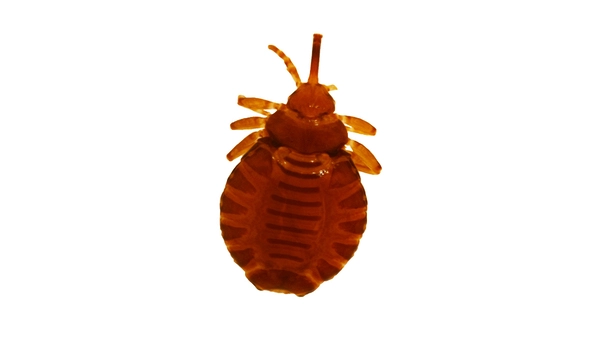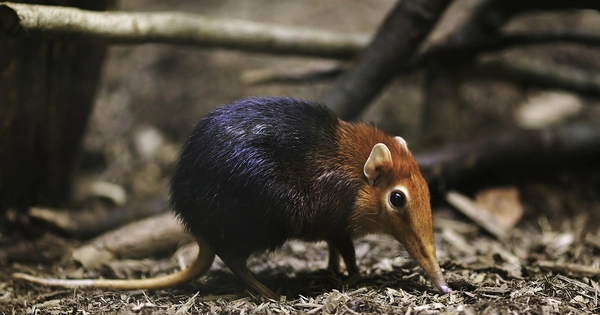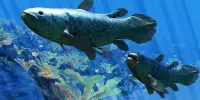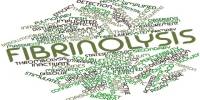Louse, any of two groups of small wingless parasitic insects: the Amblycera and Ischnocera, or chewing or biting lice, which are parasites of both birds and mammals, and the Anoplura, or sucking lice, which are only parasites of mammals. The human louse, one of the sucking lice, thrives in filth and overcrowding and is the carrier of typhus and louse-borne relapsing fever.
According to a new study, the first louse to live on a mammalian host was most likely a bird parasite. Tens of millions of years ago, a host-jumping event began the long association between mammals and lice, laying the groundwork for their coevolution and providing more opportunities for lice to spread to other mammals.
The study, which was published in the journal Nature Ecology and Evolution, compared the genomes and family trees of lice and their mammalian hosts. The investigation revealed that the two trees have many parallel branches and twigs. According to the researchers, those branching points – where one group of mammals began diverging into new forms – were frequently echoed in the genomes of the lice that parasitized those mammals.
This shows that these mammalian lice originated in this strange group of African mammals and then spread to other mammals.
Kevin P. Johnson
“In this paper, we use data from genome sequencing to show that a major newly recognized group of mammalian lice, including lice of humans, originated on the common ancestor of Afrotheria, a group of mammals primarily of African distribution that includes elephants, hyraxes and elephant shrews, among others,” said Kevin P. Johnson, a principal research scientist and ornithologist at the Illinois Natural History Survey who led the study with Jorge Doña, a Marie Curie postdoctoral researcher at the University of Illinois Urbana-Champaign and the University of Granada, Spain. “These lice then went on to colonize other major groups of mammals through the process of host switching.”
The INHS is a division of the Prairie Research Institute at the U. of I.
Lice are classified into two types based on their eating habits. Chewing lice feed on skin or secretions, whereas sucking lice pierce the skin to consume their hosts’ blood, according to Johnson. Both feed on mammals, but sucking lice are only found in mammals.

Sucking lice are closely related to two groups of chewing lice that also feed on mammals, according to recent genomic studies, and “each of the major groups within this newly identified lineage occurs on at least one member of Afrotheria,” the researchers wrote. Elephants, elephant shrews, hyraxes, golden moles, aardvarks, and other mammals are members of the Afrotheria lineage.
That research suggested that members of Afrotheria were the original mammalian hosts of lice. Johnson and Doña expanded the genomic sampling of mammalian louse genomes to include more lice associated with Afrotheria and compared the evolutionary history of the mammals and their lice. Specifically, they included lice from elephant shrews and hyraxes.
According to their findings, the lice of elephants, hyraxes, and elephant shrews were the most ancient of the chewing and sucking lice that fed on mammals. “This shows that these mammalian lice originated in this strange group of African mammals and then spread to other mammals,” Johnson said.
According to Johnson, host switching from birds to mammals is extremely rare. The researchers discovered evidence that this only happened a few times, to Madagascan lemurs, South American rodents, and some marsupials, for example. However, once lice learned how to feed on mammals, they could more easily and frequently jump from one mammal species to another. And as certain mammalian groups became separated for example, geographically they diverged and so did their lice, the analysis found.
While more research is needed to trace the evolution of lice and their hosts, Johnson believes lice date back 90 million to 100 million years and likely first parasitized dinosaurs or birds.
“And then, after dinosaurs went extinct around 65 million years ago and birds and mammals really diversified, lice started to jump to new hosts and diversify,” he explained.
















